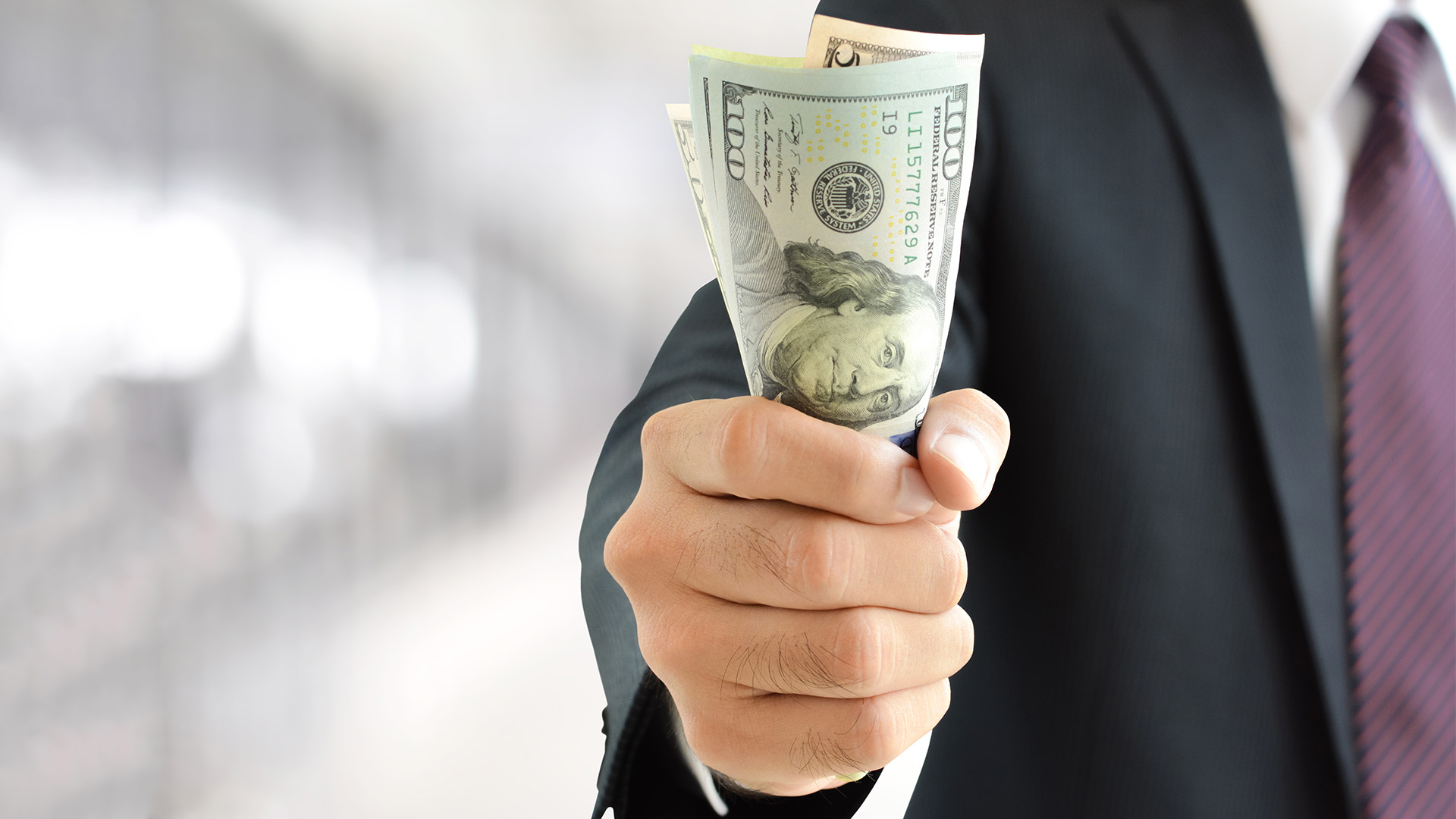US financial markets ended in the green this morning, despite the Federal Reserve two day meeting confirming that a rate rise this year looks very likely.
But Fed chair, Janet Yellen made it clear any rate rises would be ‘low and slow’. As a result, Wall Street finished with a small gain, gold rose, oil eased a touch and the Aussie dollar hardly changed.
That was after European markets closed lower after the central bank of Greece issued a stark warning about what would happen to the economy and the country’s banks if there was a default and financial crisis.
Thanks to the Fed comments and the benign US market reaction to the Fed’s news the ASX will start trading later this morning with a small loss after overnight futures market trading. In fact there was the change in the last hour of trading from a small gain to the loss
In the post-meeting early today, Fed officials ignored the first-quarter economic contraction (they largely attributed that to temporary factors) and said the economy is now “expanding moderately.” They also said labor-market conditions were still improving and that inflation remained low and stable.
The overwhelming majority of the 17 Fed officials involved in the economy still want to raise interest rates this year, according to a quarterly survey released by the central bank. Only 2 of 17 officials think the bank should wait until 2016 before lifting rates.
Fed chair, Janet Yellen told a media conference that a pickup in US growth in the spring “continues to point to interest rates rising later this year.”
She emphasised to the media conference that the timing and size of the rate hikes will depend on the economy showing further progress.
Ms Yellen told a media the Fed wants “to see some further progress (on jobs) before feeling that it will be appropriate to raise rates.”
So that means if there are a couple of months of jobs growth like we saw in May (over 280,000 new jobs a month), then a rate rise at the Fed’s September will become clearer.
Media conference – Yellen signals gradual rate hikes
Fed officials lowered expectations for GDP growth in 2015 after the weak start to the year. It was the second time since December that the central bank has downgraded its GDP forecast for this year.
Fed members now see GDP expanding by 1.8% to 2.0% this year down from the prior estimate of 2.3% to 2.7%.
But 15 of 17 Fed members still indicated the first rate hike should take place this year, no change from their March predictions.
The ‘dot plot‘ a representation of each members thinking about where rates will be at certain times (2015, 2016, 2017) showed Fed members believed there will be two rate rises this year with the Fed funds rate estimates clustered around 0.625%.
Seeing the Fed Funds rate is currently 0.% to 0.25%, economists say the cluster indicates the bulk of the thinking is that there will be two rate rises this year.
But economists also say the dot plot indicates that seven of the 17 Fed members now favour lifting rates only once, or not all this year. In addition, the Fed officials see slightly lower rates at the end of 2016 and 2017 than forecast in March.
Hence the ’slow and slow’ mantra that many reports this morning adopted.
With rates currently set at a range of between 0 percent and 0.25 percent, that would imply two quarter-point rate hikes between now and the end of the year, with many analysts predicting an initial hike in September.
The U.S. economy is growing moderately after a winter swoon and likely strong enough to support an interest rate increase by the end of the year, U.S. Federal Reserve officials indicated on Wednesday.
After contracting in the first quarter, the economy is now on track to grow between 1.8 percent and 2.0 percent this year, down from the 2.3-2.7 percent range forecast in March, according to the central bank’s latest policy statement and new projections issued by Fed policymakers.
The Fed also said labor markets continued to improve, though with unemployment expected to be slightly higher at the end of the year than previously forecast in March. Inflation remains low but is expected to gradually rise to its 2 percent target over the medium term, the Fed said.
Still, the statement and forecasts keep the Fed on track to raise rates once or twice over its four remaining policy-setting meetings in 2015.
"The Fed has two criteria: labor market improvement, which we continue to see, and confidence that inflation will move to its objectives. That’s starting to happen," said Wayne Kaufman, chief market analyst at Phoenix Financial Services in New York.
Financial markets were little moved by the central bank’s decision and statement. Stocks, which were trading mildly lower beforehand, turned slightly positive while U.S. Treasury securities cut losses and are near the highest levels of the U.S. session. The dollar index was at the day’s low, off about 0.44 percent.
In their projections, Fed officials lowered expectations for GDP growth in 2015 after accounting for a weak start to the year. It was the second time since December that the central bank has downgraded its GDP forecast for this year.
But 15 of 17 Fed policymakers still indicated the first rate hike should take place this year, no change from their previous set of predictions.
More significantly, policymakers’ individual projections for the appropriate federal funds rate at year’s end remained clustered around 0.625 percent. However, seven policymakers are now in favor of hiking rates only once or not all this year. In addition, Fed officials see slightly lower rates at the end of 2016 and 2017 than forecast in March.
With rates currently set at a range of between 0 percent and 0.25 percent, that would imply two quarter-point rate hikes between now and the end of the year, with many analysts predicting an initial hike in September.
The Fed meeting was the first since the depths of the 2007-2009 financial crisis in which the outcome was not constrained by "forward guidance," the central bank’s open-ended commitment to keep rates low to counter the worst downturn since the Great Depression.













